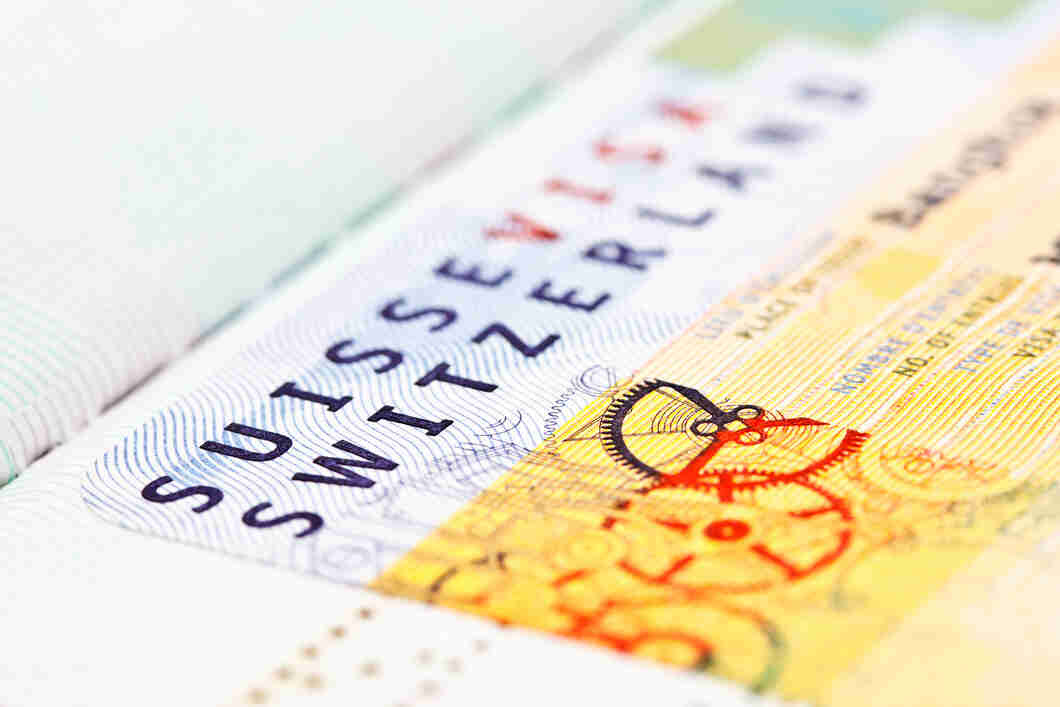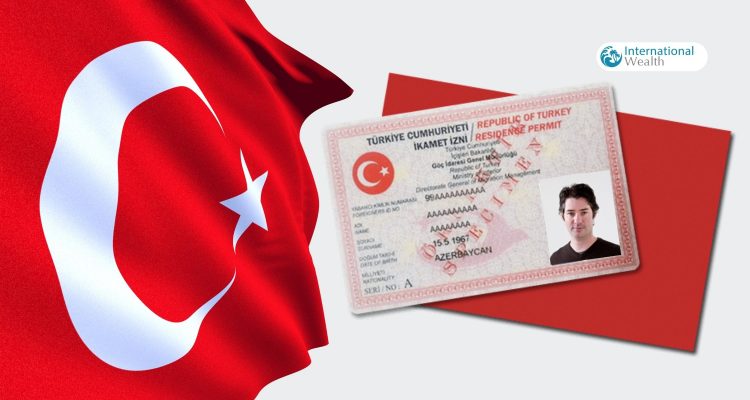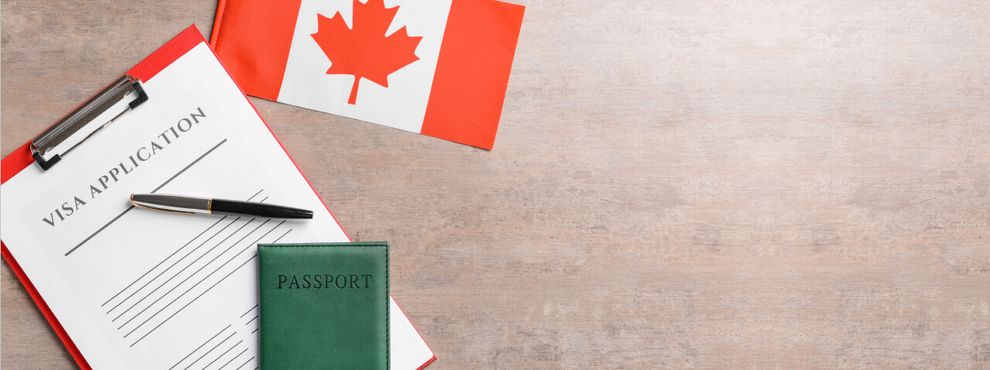Planning a trip to the magnificent land of India? Get ready to embark on an unforgettable adventure filled with vibrant culture, stunning landscapes, and mouthwatering cuisine. But before you start packing your bags, there’s one crucial step you need to conquer – obtaining a tourist visa for India. Don’t worry; we’ve got you covered! In this ultimate guide, we’ll unravel all the mysteries surrounding the Indian visa process and provide you with essential tips and tricks that will make navigating through it a breeze. So sit back, relax, and let us lead you towards your dream vacation in incredible India! TOURIST VISA FOR INDIA
Introduction to the India Tourist Visa
India is a country known for its rich cultural heritage, stunning landscapes, and vibrant cities. It’s no wonder that it has become one of the top tourist destinations in the world. If you are planning to visit India for a holiday or to explore its wonders, then you will need to obtain a tourist visa.
A tourist visa is an official document issued by the Indian government that grants permission for foreign nationals to enter and stay in India for a specific period of time for tourism purposes. It is your ticket to explore this beautiful country and all it has to offer.
Types of Tourist Visas
The Indian government offers different types of tourist visas depending on the purpose and duration of your trip. The three main types are:
1. e-Tourist Visa (eTV): This is an online visa that allows foreign nationals from eligible countries to enter India for short-term stays of up to 60 days. It is valid for single entry only and cannot be extended or converted into any other type of visa.
2. Tourist Visa on Arrival (TVOA): This type of visa can be obtained upon arrival at designated airports in India, but it requires approval from the Indian government before travel. Similar to eTV, it allows for short-term stays of up to 60 days with single entry only. INDIA TOURIST VISA
3. Regular Tourist Visa: This is a traditional paper-based visa that needs to be applied for at an Indian embassy or consulate before traveling. It
Why Do You Need a Tourist Visa for India?
There are many reasons why you may need a tourist visa for India, and understanding these reasons is crucial to your trip planning process. In this section, we will delve into the specifics of why obtaining a tourist visa for India is essential and how it can benefit your travel experience.
1. Legal Requirement:
First and foremost, a tourist visa is a legal requirement for most foreign nationals visiting India. According to the Indian government’s regulations, all non-Indian citizens must have a valid visa in order to enter the country. This applies to both short-term and long-term stays, regardless of the purpose of your visit.
2. Avoiding Last-Minute Hassles:
Applying for a tourist visa well in advance can save you from last-minute hassles and delays at the airport or border control. It is recommended to apply for your visa at least four weeks before your planned departure date to avoid any unforeseen issues that may arise during the application process.
3. Length of Stay:
Different types of visas allow different lengths of stay in India, with tourist visas permitting stays up to 180 days (or less depending on nationality). If you plan on staying longer than 60 days in India, you will need an extension from the Foreigner Regional Registration Office (FRRO) upon arrival. It is essential to ensure that your intended length of stay aligns with the type of visa you apply for.
4. Multiple Entries:
A major advantage of having a tourist visa for India is that it allows multiple
Types of Tourist Visas Available for India
There are several types of tourist visas available for those planning to visit India. Each type of visa has specific requirements and restrictions, so it is important to choose the one that best suits your travel plans. In this section, we will discuss the different types of tourist visas available for India and what you need to know about each one.
1. e-Tourist Visa (eTV):
The e-Tourist Visa, also known as eTV, is a popular option for tourists visiting India. This visa can be obtained entirely online, making it a convenient and time-saving option. It allows travelers from over 160 countries to enter India for tourism purposes, including sightseeing, recreation, casual visits with friends or relatives, attending yoga programs or short-term courses, and medical treatment.
The eTV is valid for a single entry stay of up to 30 days and must be used within 120 days from the date of issue. It is non-extendable and non-convertible to any other type of visa.
2. Tourist Visa:
A regular tourist visa can be obtained at an Indian embassy or consulate in your home country before traveling to India. This type of visa allows multiple entries into India within its validity period (usually six months to ten years) with each stay not exceeding 180 days.
Tourist visas are typically issued for recreational purposes such as leisure tours, meeting friends or relatives, or pursuing short-term courses like cooking classes or language studies.
3. Medical Visa:
Eligibility Requirements for a Tourist Visa in India
To apply for a tourist visa to India, there are certain eligibility requirements that must be met. These requirements may vary depending on the type of visa and your country of citizenship, but in general, the following criteria must be fulfilled:
1. Purpose of Travel:
The first and foremost requirement is having a genuine purpose for visiting India as a tourist. This can include sightseeing, visiting family or friends, attending cultural events or festivals, or engaging in recreational activities.
2. Valid Passport:
You must possess a valid passport with at least six months validity from the date of your intended arrival in India. Your passport should also have at least two blank pages for stamping by immigration officials.
3. Completed Visa Application Form:
All applicants must fill out an online visa application form (e-Visa) and submit it along with their supporting documents. The application can be found on the Indian government’s official website for visas.
4. Proof of Sufficient Funds:
You need to show proof that you have enough funds to cover your expenses during your stay in India. This can include bank statements, credit card statements, or any other financial documents that demonstrate your ability to finance your trip.
5. Confirmed Return Ticket:
A confirmed return ticket is required to demonstrate that you do not intend to overstay your visa and will return to your home country after your visit.
6. Accommodation Details:
You will also need to provide details of where you will be staying while in India – whether it’s a hotel.



